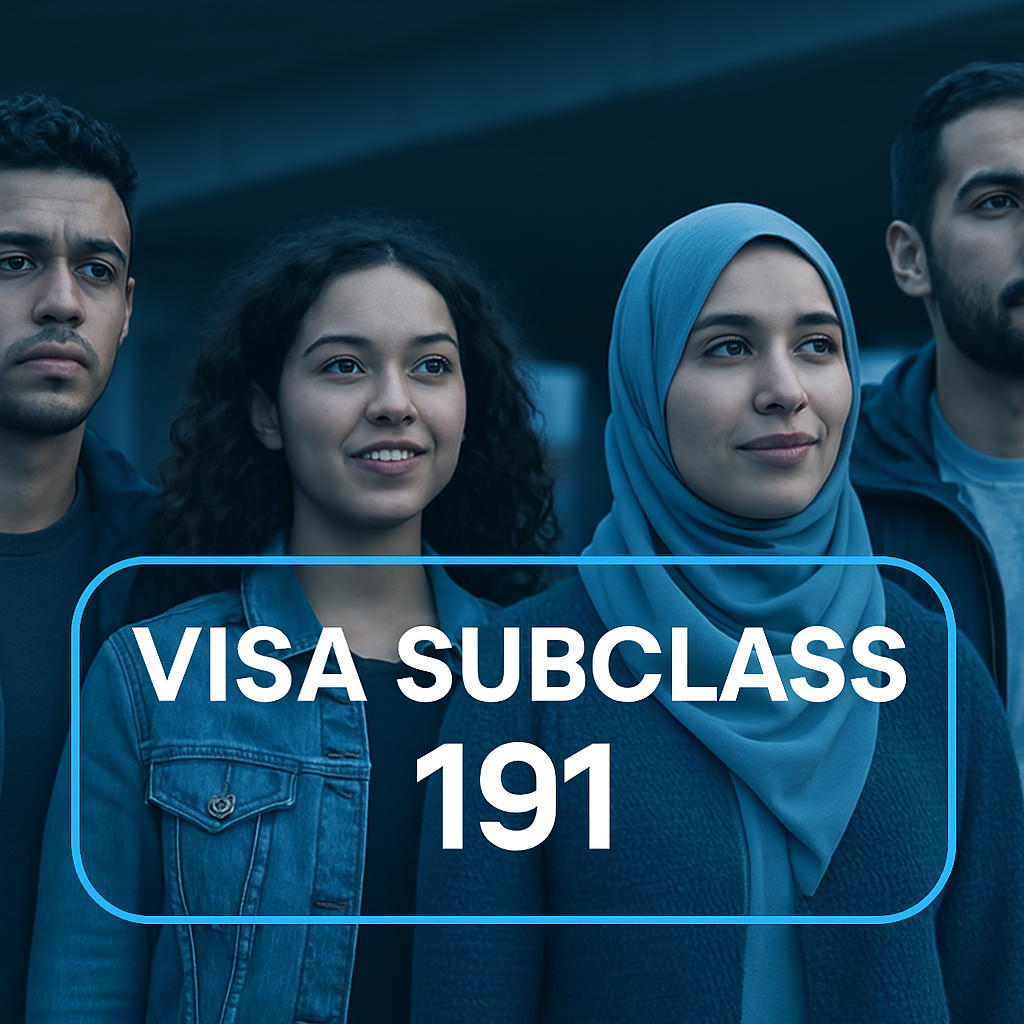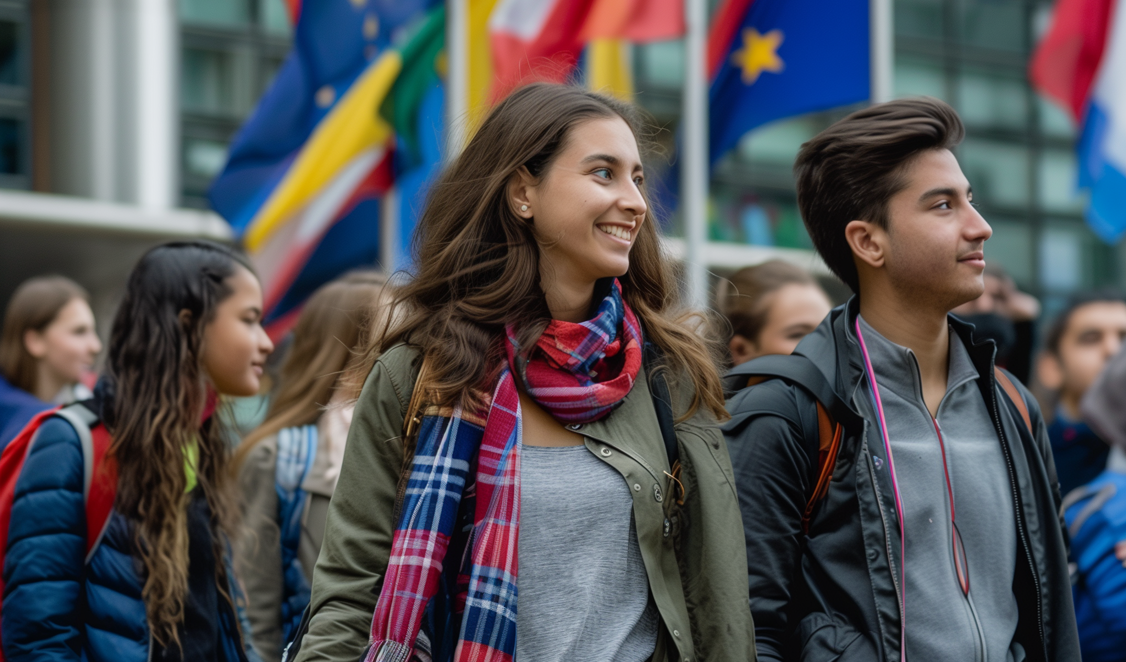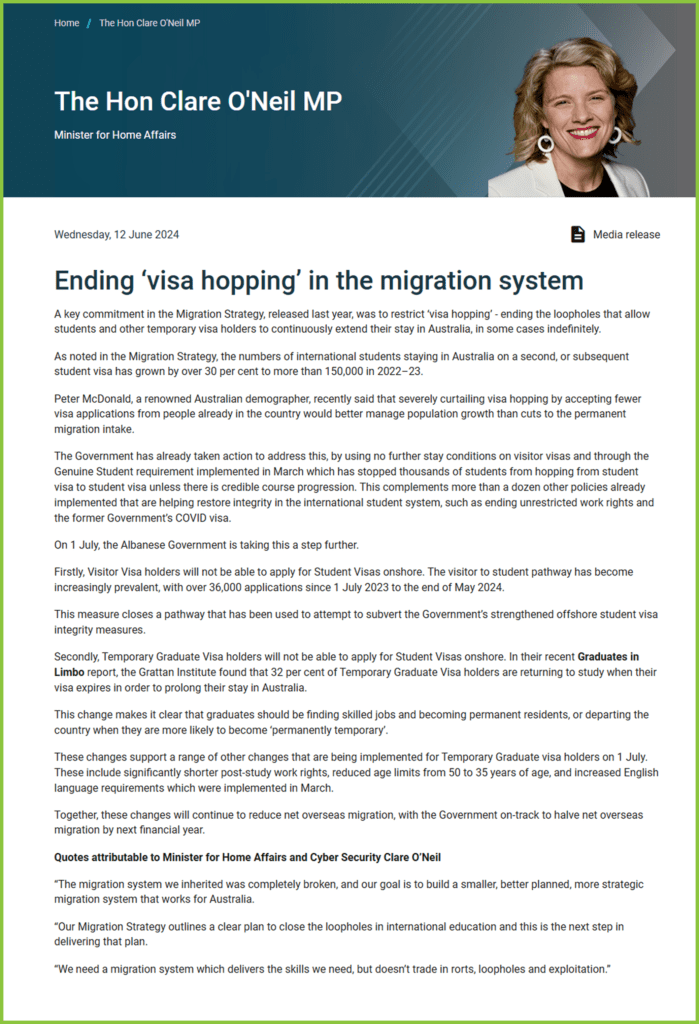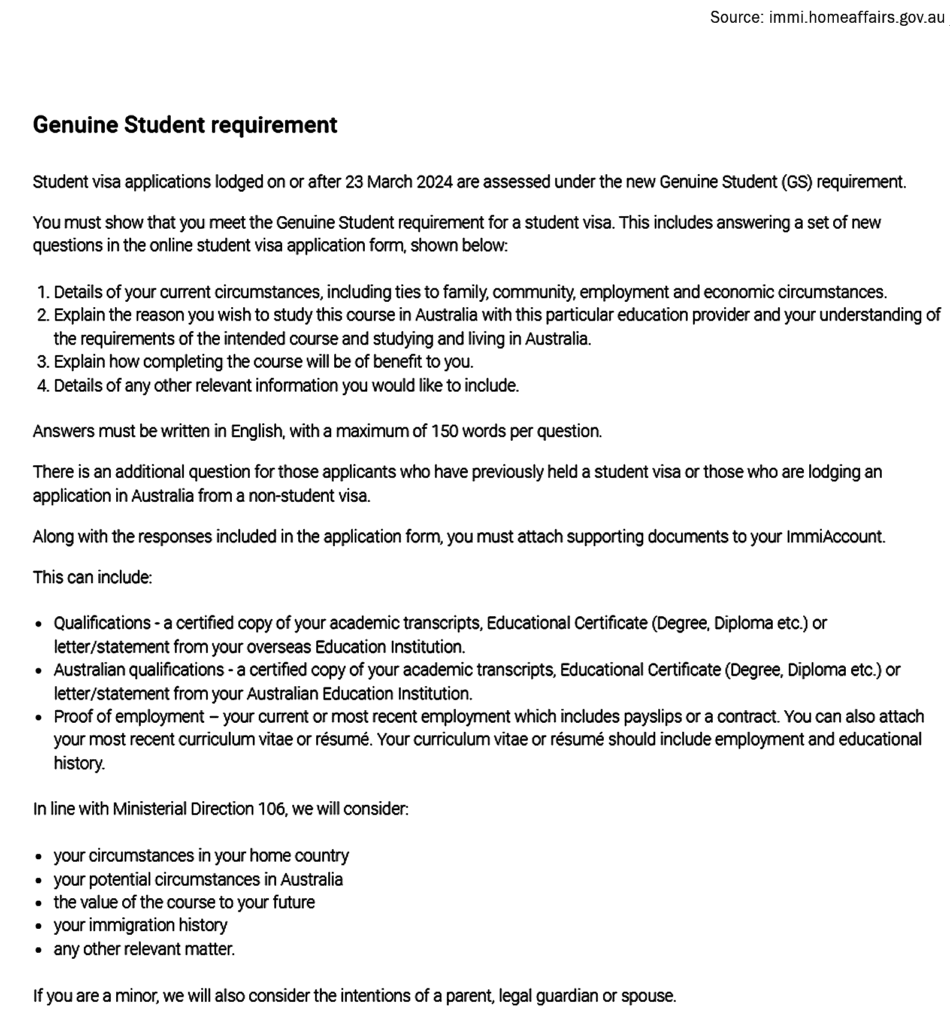The WA State Government is investing in programs to prepare locals for future jobs. They aim to keep skilled migrants in WA and attract workers from other places with skills needed by WA businesses. The Construction Visa Subsidy Program (CVSP) assists WA construction companies to meet the demand for skilled workers. The program gives grants up to $10,000 to help with skilled migration visas.
This covers costs like migration agent fees, visa applications, and moving expenses. Both WA employers (CVSP Employer Sponsored Stream) and skilled migrants (CVSP State Nominated Stream) might qualify for the CVSP.
Eligible employers have the opportunity to secure payments of up to $10,000 for each adept migrant, distributed over three distinct milestones.
- Initial Stage – $2,000
- Intermediate Stage – $4,000
- Final Stage – $4,000
Skilled migrants seeking the program, and pursuing their visa application from overseas, shall be entitled to receive disbursements amounting to a maximum of $10,000, distributed across two pivotal milestones.
- Milestone 1 – $5,000
- Milestone 2 – $5,000
Skilled migrants eligible for the initiative, and who are already within Australia at the start of CVSP, shall be allocated diminished disbursements, reflective of the comparatively lower expenditures associated with onshore applicants.
- Milestone 1 – $2,500
- Milestone 2 – $2,500
- Employers must sponsor skilled migrants under visa subclasses 482, 494, or 186.
- Employers should be headquartered in Western Australia and involved in building and construction work within eligible occupations.
GRANTS
Single skilled migrant:
- Fill out the CVSP Employer Sponsored Stream – Milestone 1 – Claim Form.
- Accept the Construction Visa Subsidy Program Terms and Conditions.
- Declare your intent to sponsor a skilled migrant with the Department of Home Affairs.
- Submit the completed claim form.
Two to five skilled migrants:
- Agree to abide by the Construction Visa Subsidy Program.
- Declare your intent to sponsor skilled migrants with the Department of Home Affairs.
- Provide an outline of planned work, including sponsored occupation details.
- Submit the completed claim form.
Six or more skilled migrants:
- Agree to follow the Construction Visa Subsidy Program Terms and Conditions.
- Confirm your registration as a sponsor with the Department of Home Affairs.
- Present a business plan showcasing the need for skilled workers and their occupations.
- Describe onboarding and support plans for skilled migrants.
- Submit the completed claim form.
Step 1: Access Skilled Migrant Employment Register (SMER)
If you haven’t identified a skilled migrant to sponsor, register on the SMER. This helps you connect with skilled migrants seeking employment opportunities in WA, based on preferred occupation, location, and intentions. Consider involving a registered Migration Agent for visa assistance.
Step 2: Sponsorship Application
Apply as a sponsor through the Commonwealth Department of Home Affairs, nominating an occupation and the skilled migrant you plan to sponsor.
Step 3: Visa Grant and Application
Collaborate with your skilled migrant and/or Migration Agent to choose an eligible visa. The nominated skilled migrant should then apply for the visa through the Department of Home Affairs ImmiAccount gateway service.
Step 4: Milestone 2 Payment
After the skilled migrant’s visa is granted, complete the ‘CVSP Employer Sponsored Stream – Milestone 2 – Claim Form‘ to receive the second payment.
Step 5: Milestone 3 Payment
Once the skilled migrant begins employment and receives the initial payslip, fill out the ‘CVSP Employer Sponsored Stream – Milestone 3 – Claim Form‘ to receive the final payment.















